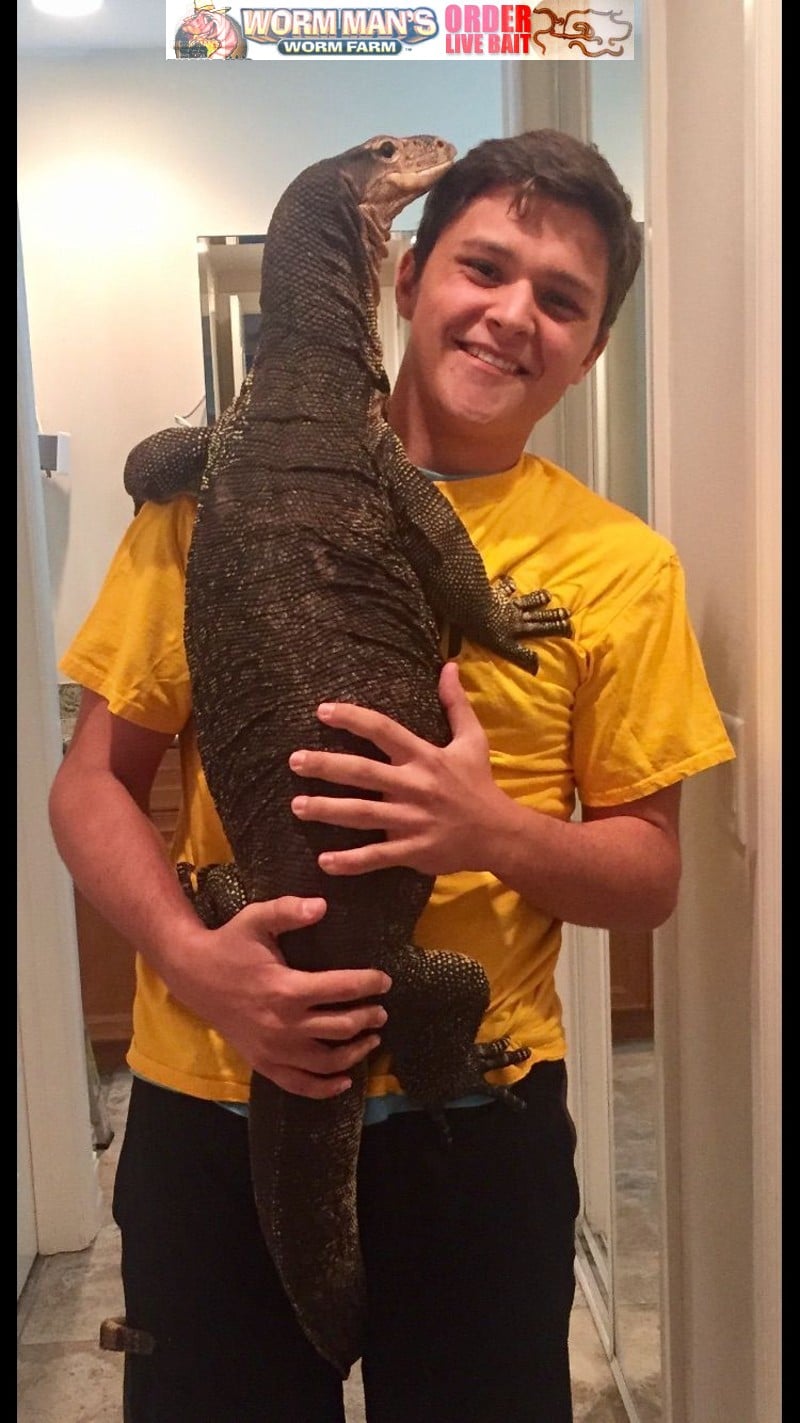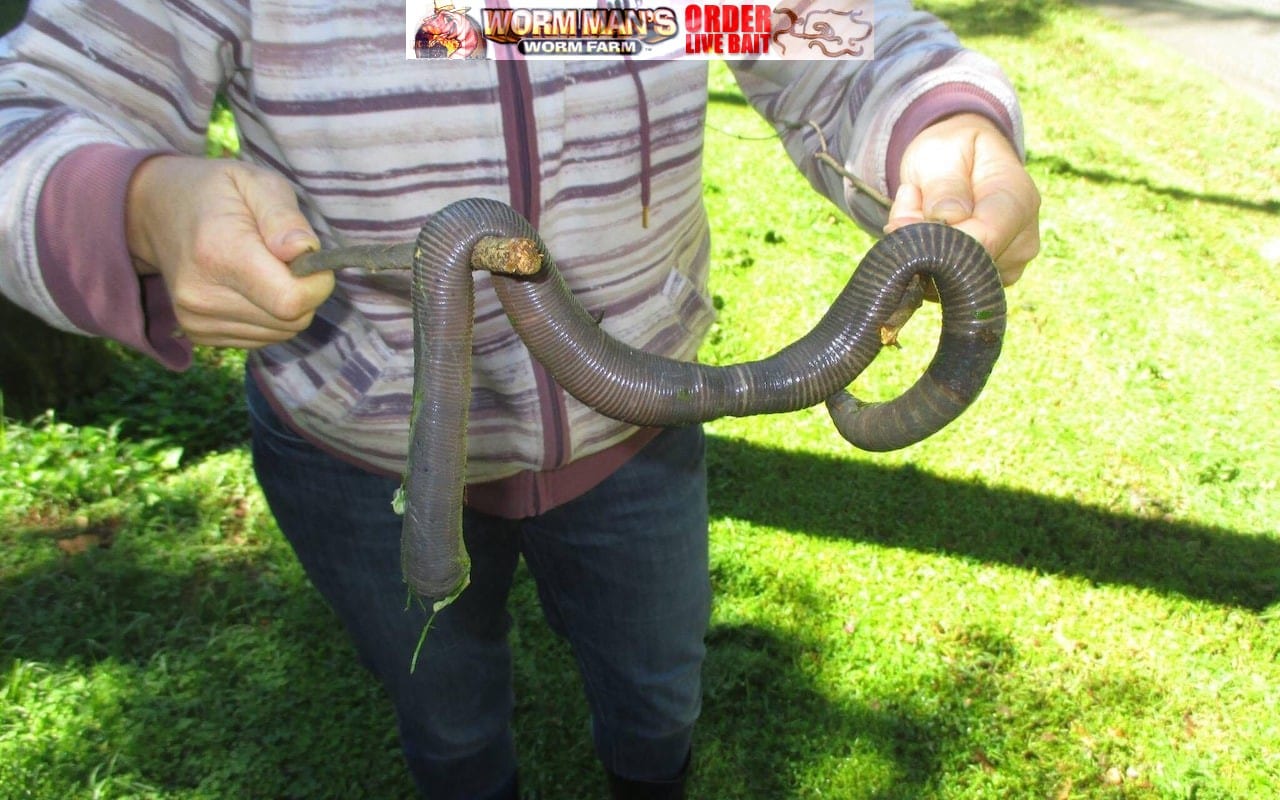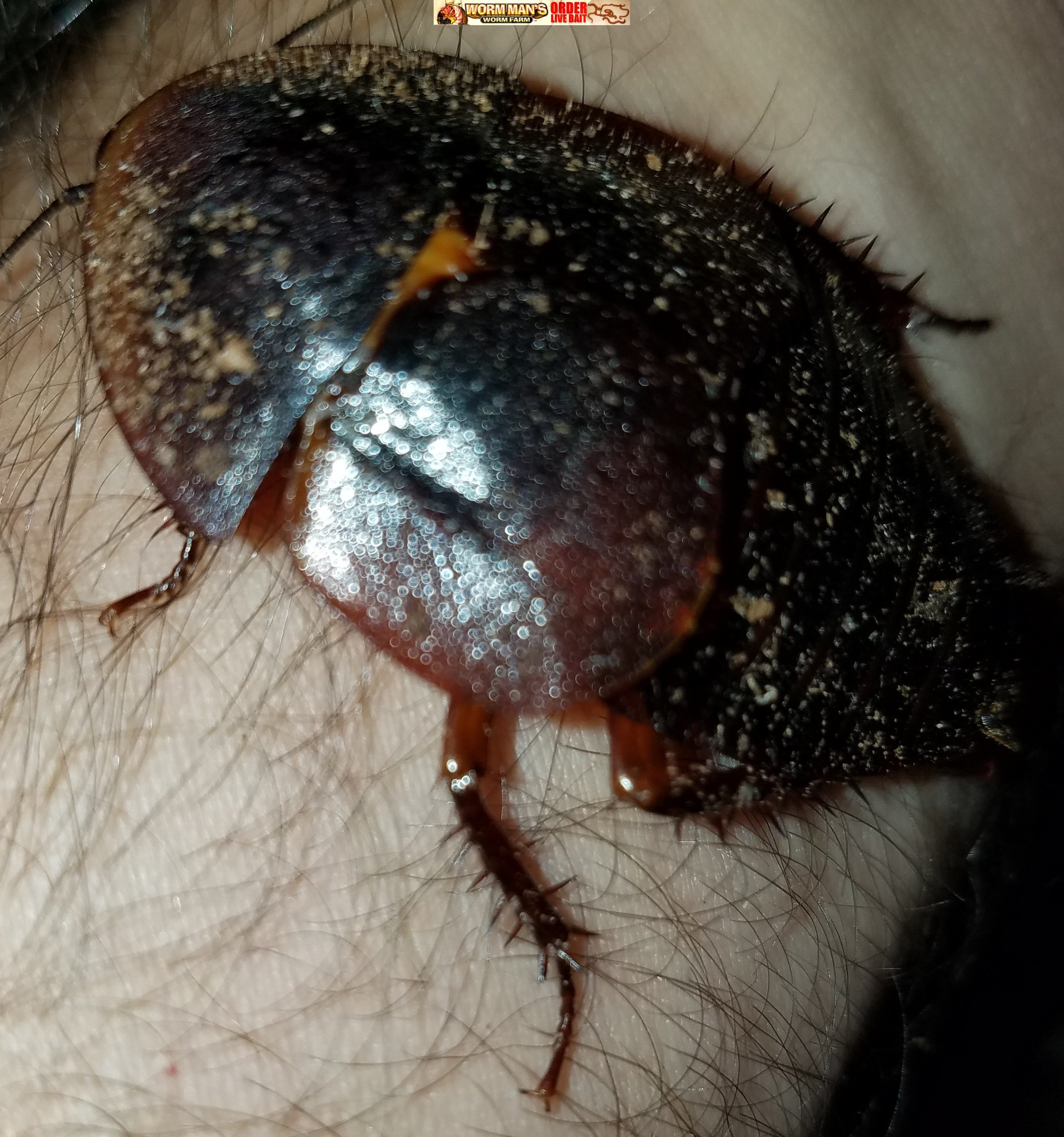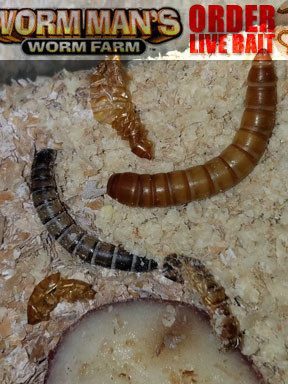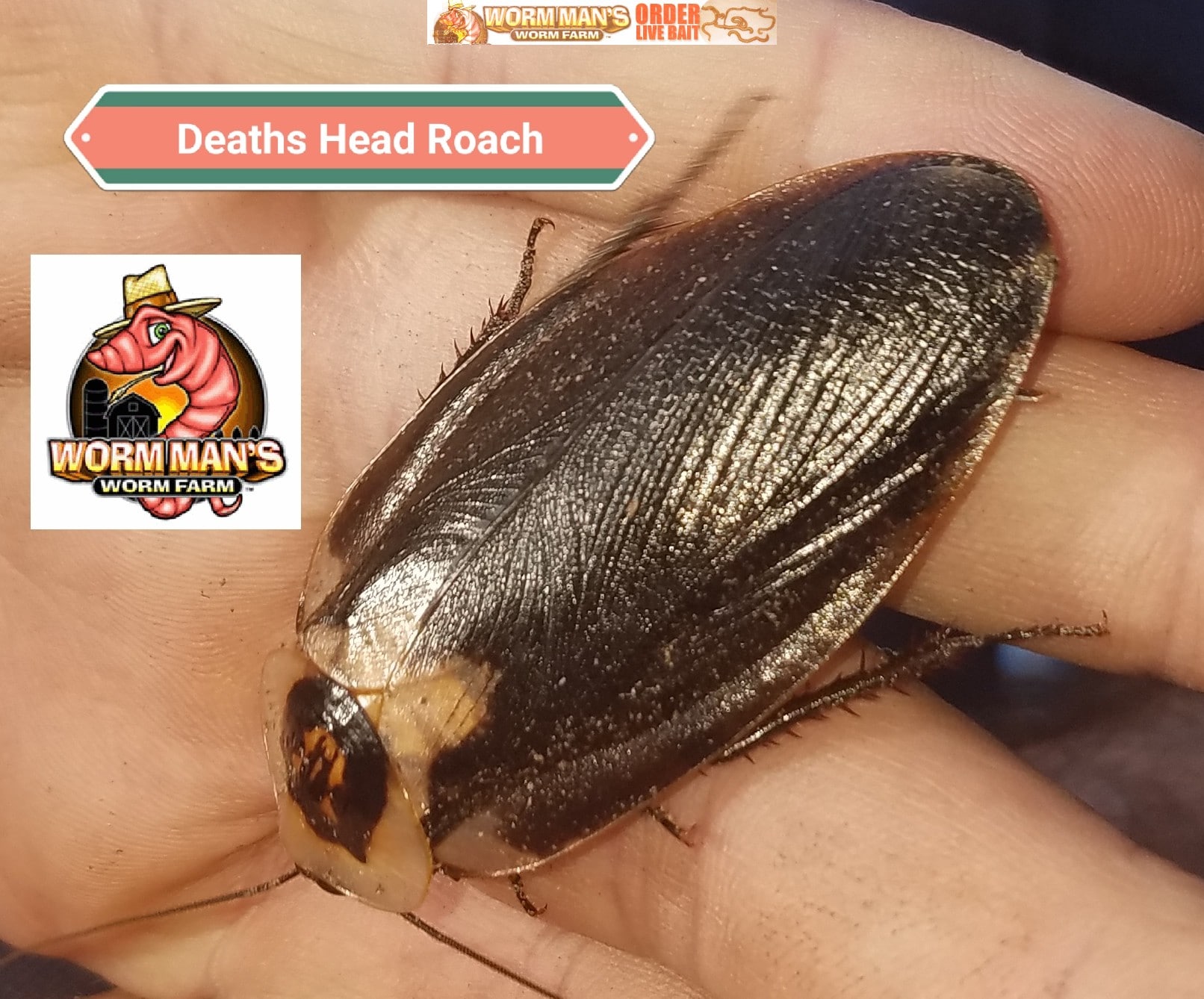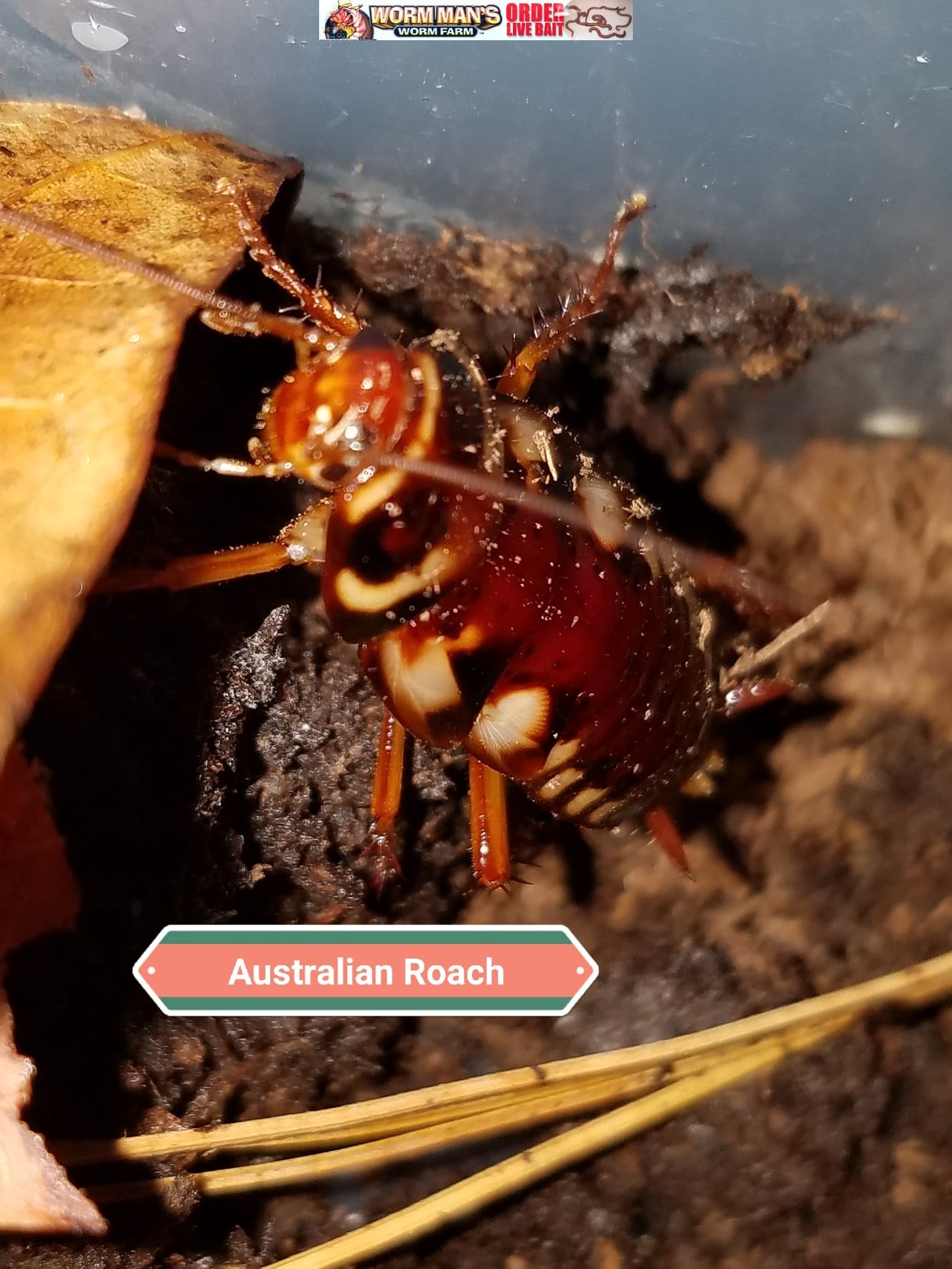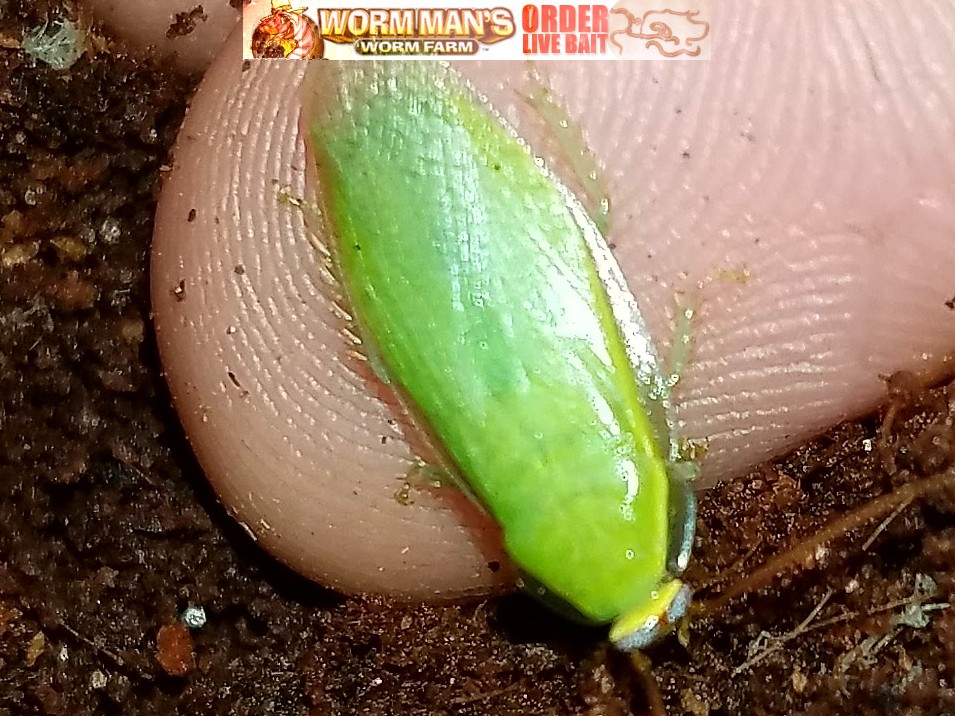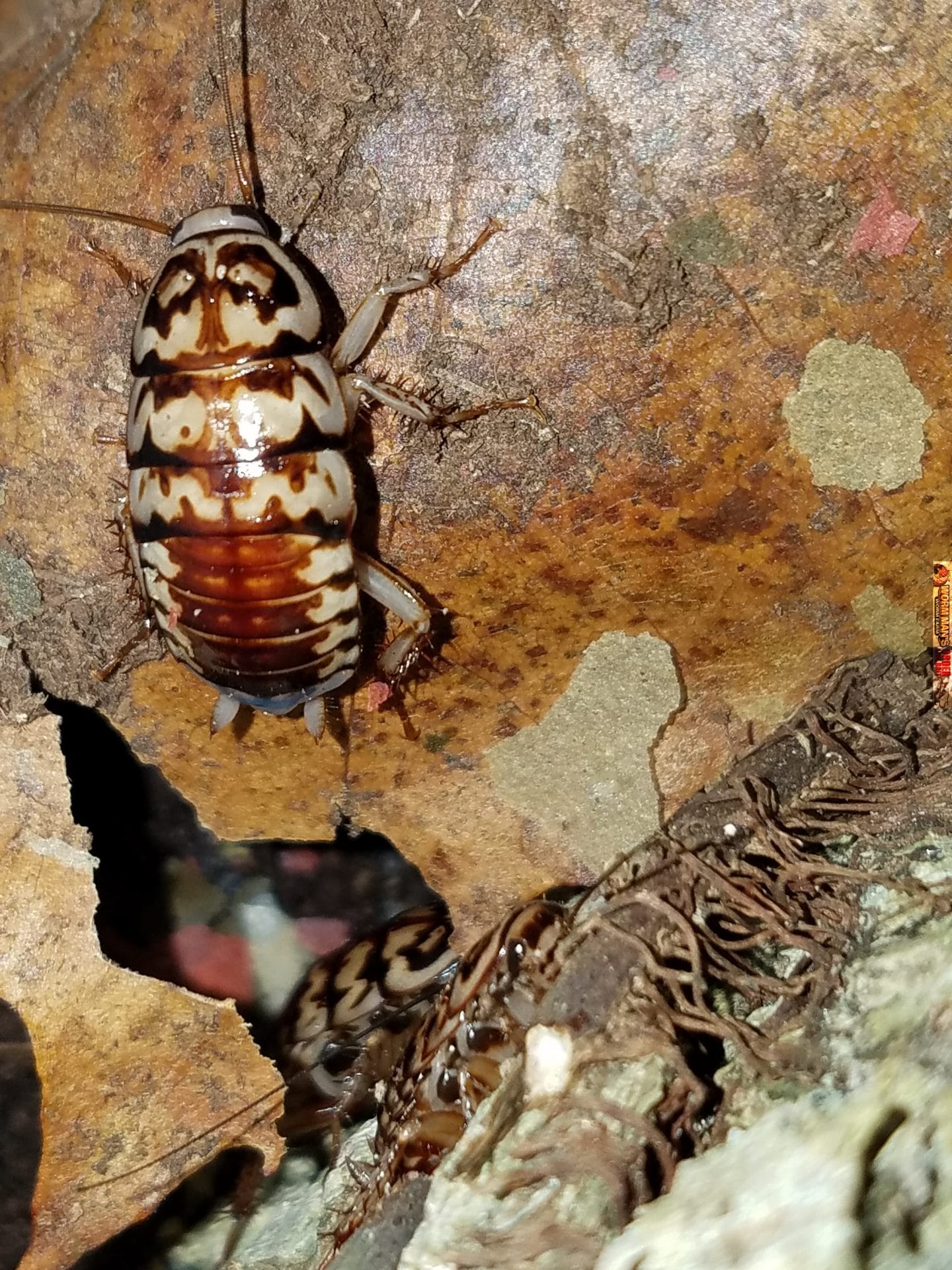
Harlequin Roach Care Sheet
Neostylopyga Rhombifolia
Harlequin Roaches are a roach that is used more as a pet or as a collection species than it is as a feeder. The adults release a compound that makes them taste bad. Nymphs can be used as feeders but why would you wan to? These are beautiful roaches that are too pretty to do anything except collect. The nymphs are more of an orange with some black and white sections but the adults are beautiful.
Harlequin Roaches can be tricky to breed because of their need for a drier upper level in their enclosure. As you can see in the pictures, we use logs to create a higher elevation for the older roaches. They need a warm moist place for oviposition and for egg development and hatching but they need it drier for breeding and feeding.
Housing: [types field=’housing’][/types]
Food Preferences: [types field=’food-preferences’][/types]
Temps: [types field=’temp-requirements’][/types]
Breeding: [types field=’breeding’][/types]
Substrate: [types field=’substrate’][/types]
Difficulty Rating: [types field=’difficulty-rating’][/types]
Size: [types field=’size’][/types]
Humidity: [types field=’humidity’][/types]
Climbing and Flying Ability: [types field=’climbing-or-flying-ability’][/types]



